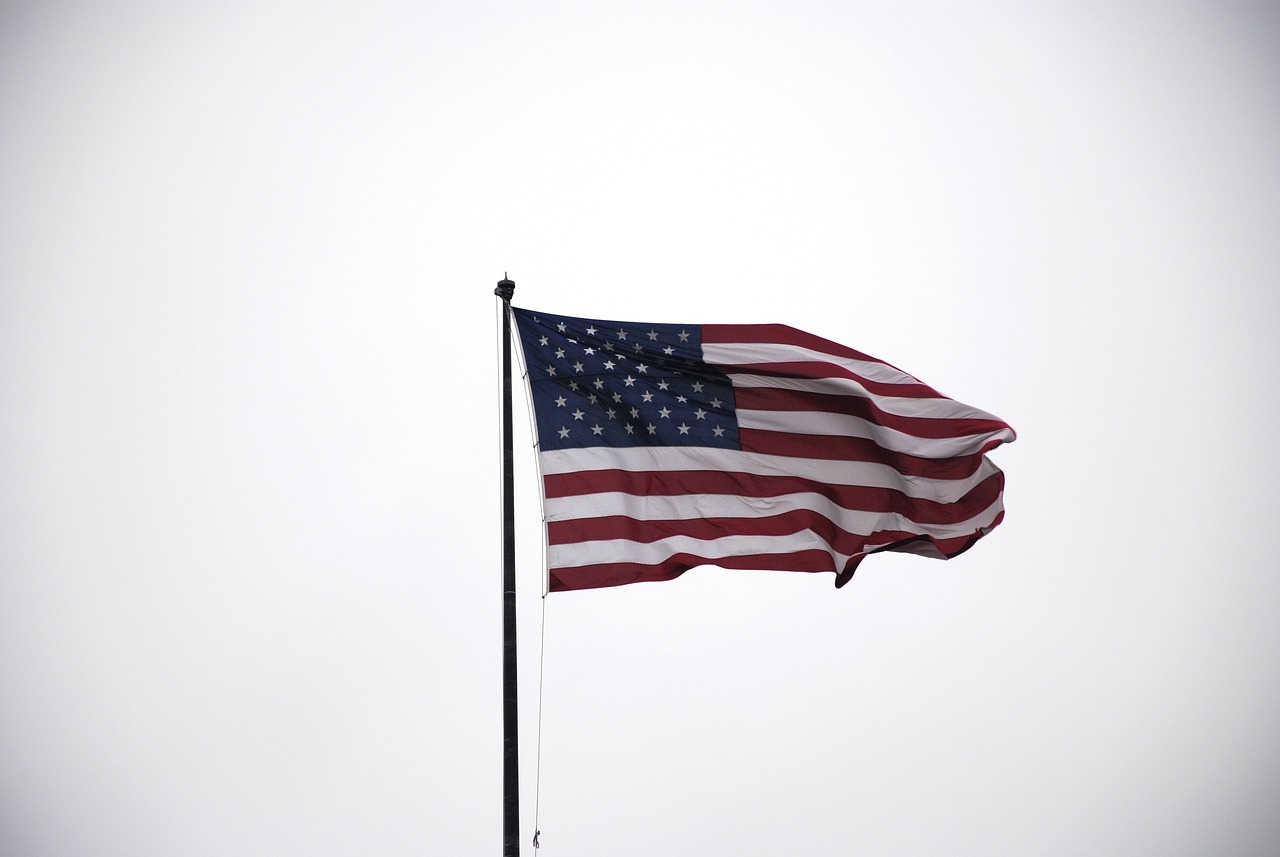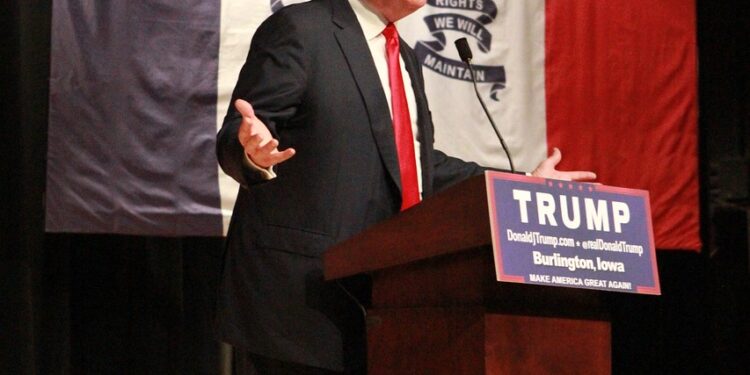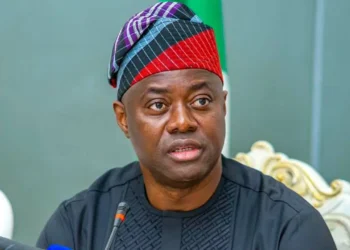Donald Trump is gearing up for a new term in office, but this time, he’s returning with a much stronger and more determined approach than in 2016. It’s clear that Trump has learned a lot during his first term in office. Although his presidency was marked by challenges, it gave him the opportunity to gain experience and fine-tune his leadership style. As he prepares for another run at the White House, his approach to governance and cabinet selections is looking much more calculated and assertive.
A More Calculated and Loyal Inner Circle
Unlike his first term, where Trump’s Cabinet included a mix of establishment figures and loyalists, this time, he’s focused on surrounding himself with people who share his ideologies and political vision. While his leadership style remains instinct-driven, there’s a noticeable shift toward a more unified inner circle, drawing in loyalists who have supported him throughout his campaign and who align closely with Trump’s conservative values. His cabinet picks reflect this strategic move, prioritizing individuals who have contributed to his campaign and have shown strong ideological support.
However, these picks haven’t been without controversy. Some of his choices have raised concerns about their qualifications and experience for the roles they’ve been appointed to. In fact, some may face challenges in getting confirmed by the Republican-dominated Senate due to the controversies surrounding their qualifications. Despite this, one thing is clear: Trump has taken his time in selecting his team.

A Tougher Foreign Policy Stance
One of Trump’s campaign promises was to take a harder line on foreign policy, and his recent cabinet picks signal that he intends to follow through on that promise. He appointed Marco Rubio, a senior senator known for his tough stance on China, as Secretary of State. Rubio has long viewed China as a primary threat to U.S. interests, and with him in this role, Trump is signaling a shift in U.S. foreign policy. The administration is expected to take a more assertive approach, challenging China on trade, technology, and human rights, which contrasts with the previous administration’s “managed competition” stance.
Trump’s picks for other key roles, including Mike Waltz as National Security Advisor and John Ratcliffe to lead the CIA, show a clear focus on national security and a proactive military strategy. These selections underline Trump’s commitment to strengthening America’s security and ensuring that the U.S. remains competitive on the global stage.
Loyalty Over Experience: A Risky Strategy?
Trump’s cabinet picks this time around show a strong emphasis on loyalty and ideological alignment, even at the cost of experience. While his first term was plagued by internal conflicts and a lack of cohesion, this time, Trump is prioritizing individuals who are more in tune with his vision. Still, this approach has its risks. Many of his appointees lack significant experience in the roles they’re being considered for, which raises questions about how effective they’ll be in executing their duties. In his first term, Trump’s own inexperience contributed to challenges in selecting the right team, which led to disarray at times. But now, with four years under his belt, Trump may have learned enough to lead a more effective administration—assuming he can keep his team on the same page.
A More Streamlined Administration?
If his cabinet picks are any indication, Trump is aiming for a more streamlined and efficient administration. By choosing individuals who share his vision, Trump could minimize the divisions that hampered his first term and quickly implement his policies. A cohesive team could help him act decisively on his goals, making his second term potentially more impactful.
Strategic Picks for a Steady, Conservative Agenda
Overall, Trump’s cabinet selections reflect his desire for a hardline, conservative approach to governance, especially in foreign policy. His picks seem to align with his campaign promises to put America first and take a tough stance on issues like trade and national security. But as always, Trump’s decisions have sparked controversy, and many of his picks are bound to face scrutiny both domestically and internationally.
A Test of Unity or Division
While Trump’s administration has the potential to achieve greater policy successes, the inclusion of controversial figures could deepen polarization in the U.S. and fuel skepticism about his leadership. As Trump navigates his second term, he will face the challenge of balancing loyalty with competence, and of managing a nation that remains deeply divided. Ultimately, his ability to unify or further divide the country will be a key test for his presidency.

















